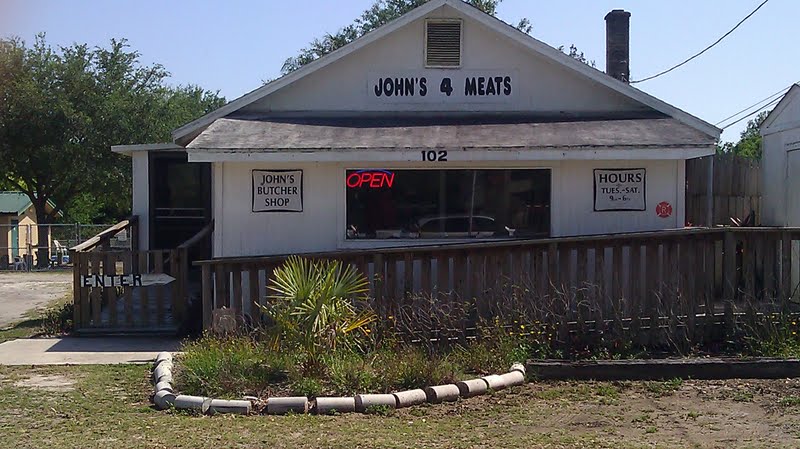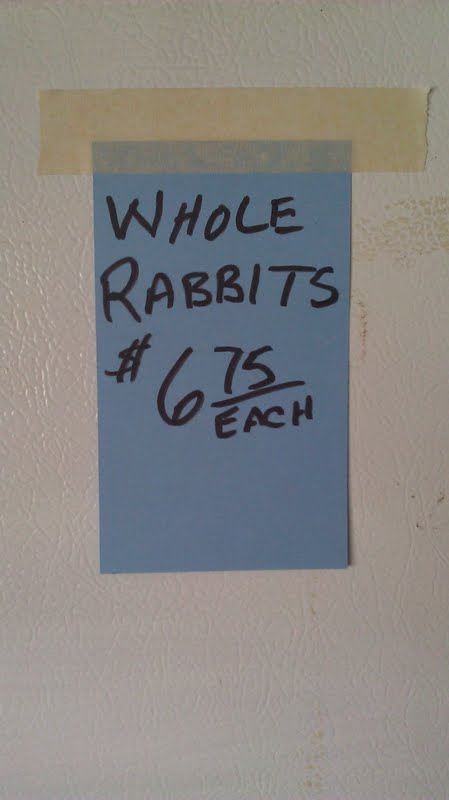Table of Contents[Hide][Show]

The loss of consumer contact with a local butcher whom they know and trust is one of the most damaging aspects of the rise of factory farms. The “butchers” of today are really not even butchers. They are simply specialty grocery workers who receive prepackaged and precut portions of meat off a delivery truck and arrange them in a desirable manner in the meat cooler section of the store.
It gets worse.
A common practice for supermarkets and even large healthfood store chains is to gas meat to keep it red even after the expiration date.
Finding a Local Butcher
Most consumers have never met a real butcher. This is someone responsible for the respectful slaughter and traditional meat processing of locally raised livestock.
Massive, USDA approved slaughterhouses have put an end to this time-honored, local profession. Moving the processing of animals as far away from the consumer as possible keeps the horrific practices of factory farming hidden from the public.
In some states, reporting on the secret abuses of factory farms is even illegal!

Better Quality and Prices
While I buy most of my meat from local, grassbased farms, I sometimes run out of certain cuts or bones for making homemade chicken or beef stock. It is sometimes hard to precisely estimate a family’s food needs several months ahead.
During those times when I need a local place to go that has quality meat and bones to fill the gap, John’s Butcher Shop fits the bill. It is as close to a traditional butchery as I have ever found in my community.
Founded in 1973, John’s Butcher Shop offers antibiotic and steroid free beef. The resident butchers cut it up fresh on the premises. The actual slaughter is done elsewhere, however.
In addition, John’s meats have never been frozen. This is a big deal as large food chains typically freeze/thaw their meat cuts. This can happen at least a couple of times before the consumer buys it.
I also love the fact that I am supporting a small, local business that has served my semi-rural community for many decades.
A wide variety of meats are frequently available including bison, seasonal rabbit, duck, and gator!
If you live anywhere near the old-time and very quaint downtown of Lutz, be sure to check out John’s Butcher Shop. It is a much healthier alternative to supermarket meat counters and even Whole Foods.
The prices are also more competitive and the quality of the meat just as good or better.








I lived right near there for 10 years and never knew it was there. 🙁
@Cyndi downtown Lutz right near the library.
It is not grassfed … which is why I use them as a stopgap when I run out of my local grassfed meats in between pickups. But the quality is excellent and it’s nice to have a local source of bones.
I have a question, Sarah. Is it OK to use bones (and meat) from animals that are grassfed, but are also fed GM corn? That is all we have available at this time.
We are very lucky to have a small grocery chain that hires actual butchers. These guys actually break whole carcasses, and you can get any cut you want. They also carry quality grassfed beef from a local rancher, that they also break down themselves. Butchery is a dying art, but these fine butchers help keep it alive.. They really know every cut of meat, and how to cook it. The name of the chain is Lunardi’s , and they have eight locations in the San Francisco Bay Area.
Thanks for the recommendation! Is his beef grass fed? I imagine so if you are recommending it.
I have looked in vain for over a year for a real butcher in south Lake county. 😛
You have hit the nail on the head!
Did I miss the address for this butcher? I did see it was in Lutz but that was it.
Oh if I lived close by.
Wish we lived a little closer to Lutz! He’d get my business, for sure!